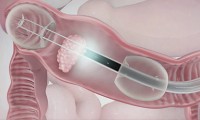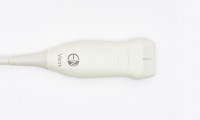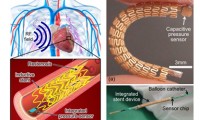-
Lumendi Acquires CE-Mark on DiLumen EIP Device
- Source: The Verdict
- 1,405
- July 23, 2018
-
New 3D Color X-Rays to Diagnose Cancer, Heart Disease and More
- Source: Medical Design and Outsourcing
- 1,637
- July 20, 2018
-
Robotic Surgery – Effective as Traditional Open Surgery Via RAZOR Trial
- Source: The Verge
- 2,232
- July 16, 2018
-
FDA Clearance for Echonous Vein Ultrasound
- Source: The Verge
- 5,816
- July 16, 2018
-
COPD Assessment by CT Analysis
- Source: IndiaTimes
- 2,268
- July 2, 2018
-
Invention of Smartphone Microscope
- Source: IndiaTimes
- 2,218
- June 29, 2018
-
3 Amazing (and Real) Medical Inventions!
- Source: News 24
- 2,355
- June 29, 2018
-
What are the Impacts of Multiple Stents?
- Source: India Times
- 1,203
- June 26, 2018
-
Smart Stent to Continuously Monitor Blood Flow
- Source: ScienceDaily
- 1,783
- June 22, 2018
-
AuriGen Aims to Raise Funds for Development of Irregular Heartbeat Device
- Source: The Independent
- 804
- June 19, 2018
your submission has already been received.
OK
Subscribe
Please enter a valid Email address!
Submit
The most relevant industry news & insight will be sent to you every two weeks.













